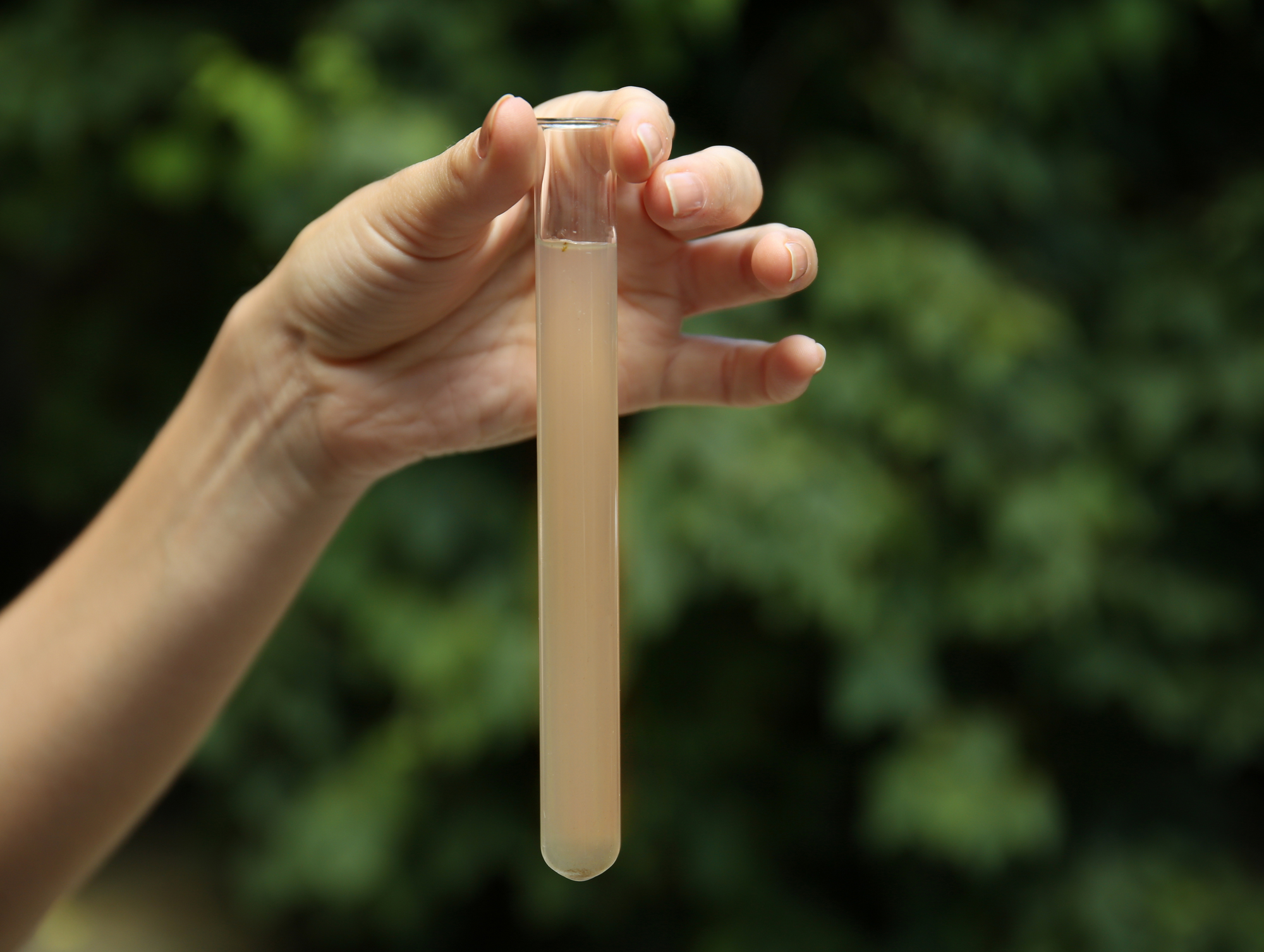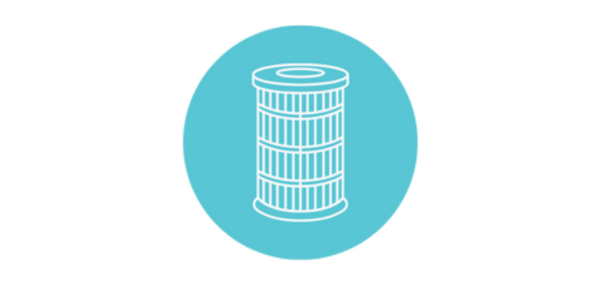

Micron Ratings and Living Organisms
Clean and safe drinking water is essential for our well-being. Whether you’re sipping from a glass at home or refilling your water bottle during an outdoor adventure, knowing what’s in your water matters. In New Zealand, where pristine landscapes meet bustling cities, understanding water contaminants is crucial. In this blog post, we delve into the microscopic world of bacteria, protozoa, and viruses that can lurk in your water supply. Let’s explore their sources, health risks, and prevalence, all while emphasizing the importance of effective filtration.
Micron Ratings
Before we dive into the specifics, let’s address the micron ratings necessary for effective water filtration. To remove health risks associated with living organisms, consider the following micron sizes:
- Bacteria: Filters should have a rating of 0.1 microns or smaller.
- Protozoa and Cysts: Look for filters with a rating of 1 micron or smaller.
- Viruses: Opt for filters that can capture particles as small as 0.01 microns.
Who are the waterborne culprits:
Bacteria
Escherichia coli (E. coli)
- Source: Fecal contamination from humans or animals.
- Health Risk: Can cause severe stomach cramps, diarrhea (often bloody), and vomiting.
Campylobacter
- Source: Fecal contamination from animals, particularly birds.
- Health Risk: Causes campylobacteriosis, leading to diarrhea, fever, and abdominal pain.
Salmonella
- Source: Fecal contamination from humans or animals.
- Health Risk: Causes salmonellosis, leading to diarrhea, fever, and abdominal cramps.
Protozoa and Cysts
Giardia lamblia
- Source: Fecal contamination from humans or animals.
- Health Risk: Causes giardiasis, leading to diarrhea, gas, stomach cramps, and nausea.
Cryptosporidium
- Source: Fecal contamination from humans or animals.
- Health Risk: Causes cryptosporidiosis, leading to watery diarrhea, stomach cramps, and nausea.
Viruses
Norovirus
- Source: Fecal contamination, often through food and water.
- Health Risk: Causes gastroenteritis, leading to vomiting, diarrhea, and stomach cramps.
Hepatitis A
- Source: Fecal contamination from humans.
- Health Risk: Causes hepatitis A, leading to liver inflammation, jaundice, fatigue, and abdominal pain.
How common these contaminants
Bacteria
- Escherichia coli (E. coli):
- Prevalence: E. coli is a common indicator of fecal contamination. While most public water supplies are treated, rural and small community sources may occasionally face contamination.
- Campylobacter:
- Prevalence: The most common bacterial cause of gastroenteritis in New Zealand. Rural areas may be affected due to animal feces contamination.
- Salmonella:
- Prevalence: Less common in drinking water but can occur in severe contamination cases.
Protozoa and Cysts
- Giardia lamblia:
- Prevalence: Relatively common, especially in surface water sources.
- Cryptosporidium:
- Prevalence: Present in water sources, particularly surface waters.
Viruses
- Norovirus:
- Prevalence: Outbreaks are rare in water but can occur.
- Hepatitis A:
- Prevalence: Rare due to effective treatment and sanitation practices.
Remember, investing in quality water filters ensures your hydration remains pure and free from these microscopic threats. Stay informed, stay hydrated!








